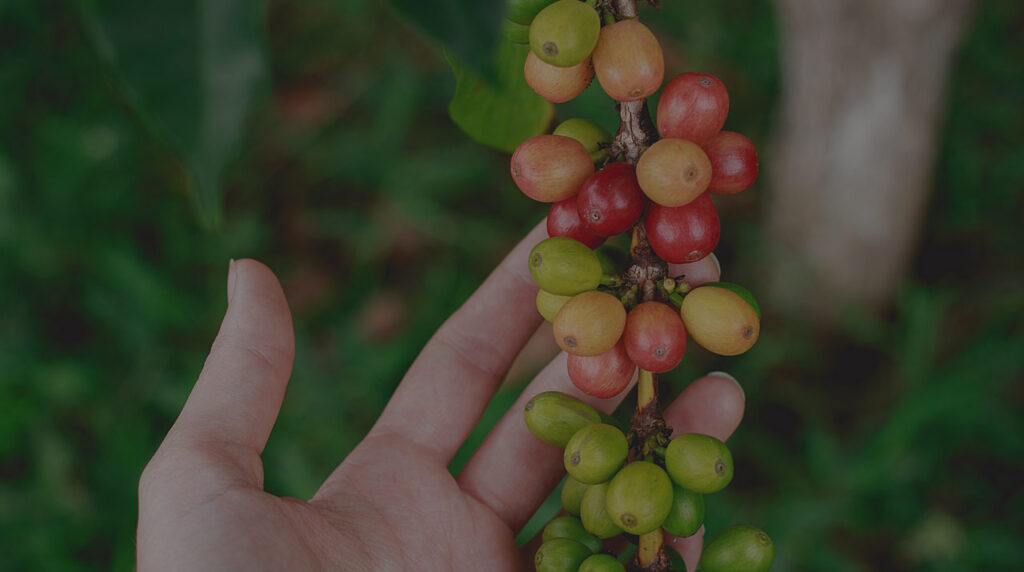
The Art of Processing
Many factors contribute to the flavour of our coffee, but the way it has been processed at origin has a tremendous impact. This “processing” involves the removal of the fruity exterior of the coffee cherry, something which can be done in a few different ways. So what are the different methods and flavours they produce?
Dry or Natural processing
This is the oldest form of processing. Coffee beans are typically spread out over large surfaces, such as patios or raised beds, and dried. The coffee is laid out for up to 4 weeks to dry while being constantly turned to avoid unwanted fermentation. When the moisture level of the coffee is below 12%, it is then milled to remove the remaining cherry and parchment layers, leaving only the green bean.
While natural processing requires little equipment or water, it can be a very risky endeavour. If the coffee is left out too long or if the coffee is exposed to rain, an entire crop can be ruined. However, if well executed, the results can be spectacular – though this is by no means the status quo.
Natural processed coffees typically have a unique flavour profile with bigger body and higher sweetness, but with less acidity and clarity.
Wet or Washed processing
The first step of the wet or washed processing method is the removal of the skin and flesh of the cherry, which is done by pulping machines. After the initial de-pulping the coffee is then left in fermentation tanks (covered by water) for 14-36 hours, during which time natural enzymes break down the sticky layer of fruit that’s tightly surrounding the beans. This procedure is delicate and timing is critical! If the coffee is left too long, fermented flavours of rotten fruit and acetic acid can be imparted. Because wet mill stations can be very expensive, they often service a whole community of smallholders.
Washed coffees typically have a higher, more refined acidity and better defined flavours, but with less sweetness and body.
Honey or Pulped natural processing
The final method of processing sits somewhere between washed and natural. In this method an amount of the pulpy layer around the bean is removed from the coffee before it is laid out to dry. The result is an intensely sweet and fruity cup. Honey processing is becoming increasingly popular, as it can produce the favourable characteristics of both the natural and washed processes to the degree desired by the farmer. The removal of the skin before drying means the drying happens more easily and there is far less risk of excessive fermentation.
Honey processed coffee can have flavour characteristics anywhere from natural to washed coffees.


25% off
your next order
Enjoy the world's best coffee, freshly roasted & delivered to your door. Sign up to our mailing list for a welcome pack and 25% off your next Cafédirect order!

Thanks for
joining our
mailing list
A welcome pack is on its way and you get 25% off your next Cafédirect order!
